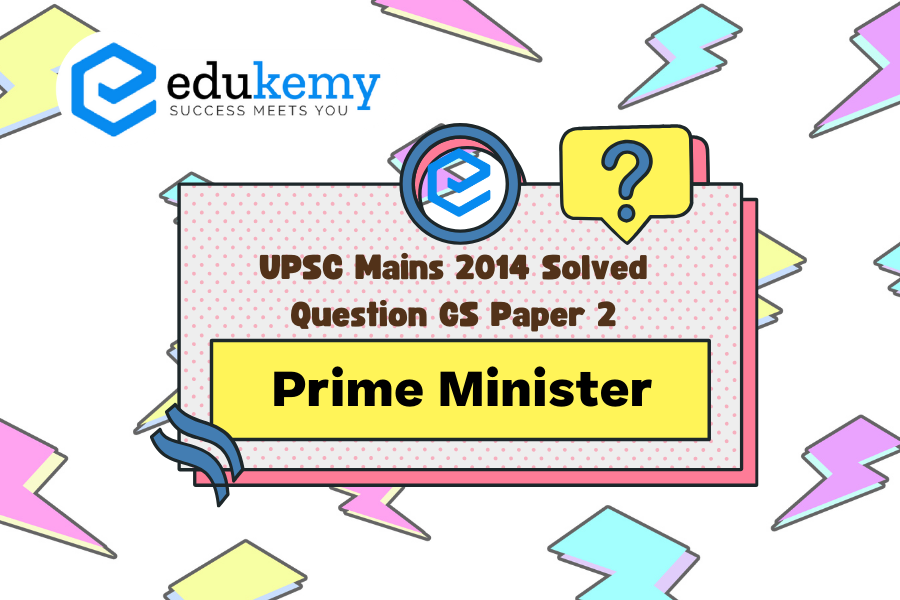The size of a government cabinet is a critical determinant of its efficacy, balancing the need for comprehensive representation against the imperative of efficient decision-making. As British statesman Tony Benn aptly remarked, “The size of the cabinet should be as big as governmental work justifies and as big as the Prime Minister can manage as a team.” A larger cabinet allows for a broader representation of diverse interests and expertise, potentially fostering inclusivity and legitimacy. However, an expansive cabinet may also lead to bureaucratic inefficiencies, as decision-making processes become convoluted and consensus-building becomes arduous. Conversely, a smaller cabinet streamlines decision-making, promoting agility and coherence in governance. Yet, a diminished cabinet risks marginalizing certain perspectives and excluding vital expertise. Thus, the efficacy of a government is intricately tied to the size of its cabinet, albeit inversely. While a larger cabinet may enhance representation, it often comes at the cost of efficiency. Conversely, a smaller cabinet may expedite decision-making but risks sacrificing inclusivity. Ultimately, achieving optimal governance requires striking a delicate balance between the size of the cabinet and the imperatives of effective leadership and representation.
Tag: Structure, organization and functioning of the Executive and the Judiciary.
Contents
Decoding the Question:
- In the Introduction, try to define the cabinet and its function.
- In Body, examine the Size of the Cabinet and the efficacy of a Government that is larger cabinet maximum governance or vice versa.
- In Conclusion, can write about the overall importance of Cabinet and link it with the ‘Maximum Governance Minimum Government’.
Answer:
A cabinet is a smaller body consisting of 15 to 20 ministers amongst the Council of ministers. “cabinet” was inserted in Article 352 of the Constitution in 1978 by the 44th Constitutional Amendment Act. Thus, it did not find a place in the original text of the Constitution. Article 352 only defines the Cabinet, saying that it is the Council consisting of the Prime minister and other ministers of cabinet rank appointed under Article 75 and does not describe its powers and functions.
The Size of the Cabinet and the Efficacy of a Government:
- Article 72 of the Constitution prescribes that the total number of Ministers, including the Prime Minister, in the Council of Ministers shall not exceed 15% of the number of members of the House of the People. But the number of cabinet members is not fixed.
- In the past 25 years, whether because of coalition compulsions or the need to appear representative of India’s diversity, Cabinets have been swelling.
- It was found that abnormally large councils of ministers were being constituted in a coalition Government. But a compact ministry has enabled much better coordination in several sectors, especially energy and transport.
- A compact ministry has enabled much better coordination in several sectors, especially energy and transport.
- It also streamlines the decision-making process; in the past, there have been multiple authorities and clashes between different departments.
- Small Cabinet possesses less burden on the public exchequer.
- It also fosters team spirit among the members; thus, a small Cabinet is recommended for the healthy development of democracy.
- The Cabinet reflects the need to take care of sociological representation. It should ideally mirror society.
- The Cabinet should reflect India’s national character, its regions, classes, castes, communities, and ethnicities. For any long-term idea of a stable national government, it must reflect all aspects of India. This should be done by selecting from the different backgrounds in the Cabinet and not through an increase in the number.
Issues with the Small Size of Cabinet:
- The power politics nowadays has been centered around a single individual, So, it is even more necessary that the Cabinet must go some distance to restore the system of checks and balances.
- The small Cabinet may lead to an excessive centralization of power; it must not be that the Executive is just about one leader or with few groups of ministers.
- The reduced size of cabinets circumvents the legal process by allowing outside persons to play an influential role in the government’s functioning.
- It may also lead to a conflict of interest among various Ministries and stakeholders.
- It can create an excessive burden on the ministers and manpower, which may further lead to inefficiencies.
- The small size of the Cabinet may have the Overlapping of duties, which can create conflict and delay the process of decision-making.
According to Lowell, The Cabinet is the keystone of the political arch. It is the central directing instrument of the Government. Therefore, the philosophy of the cabinet should be minimum government and maximum governance. And its size should be as big as governmental work justifies and as big as the Prime Minister can manage as a team.
In case you still have your doubts, contact us on 9811333901.
For UPSC Prelims Resources, Click here
For Daily Updates and Study Material:
Join our Telegram Channel – Edukemy for IAS
- 1. Learn through Videos – here
- 2. Be Exam Ready by Practicing Daily MCQs – here
- 3. Daily Newsletter – Get all your Current Affairs Covered – here
- 4. Mains Answer Writing Practice – here


